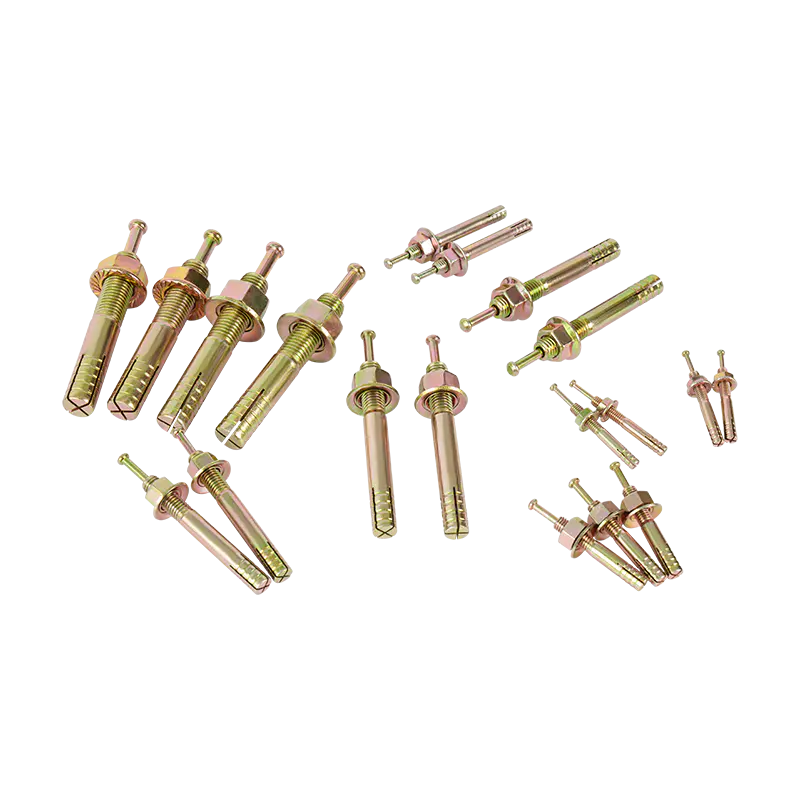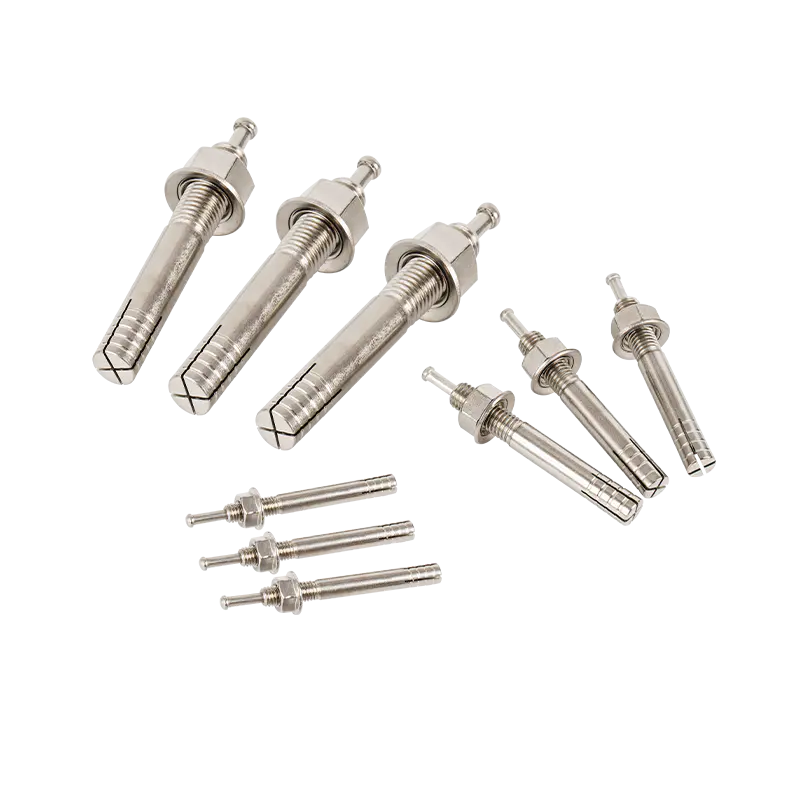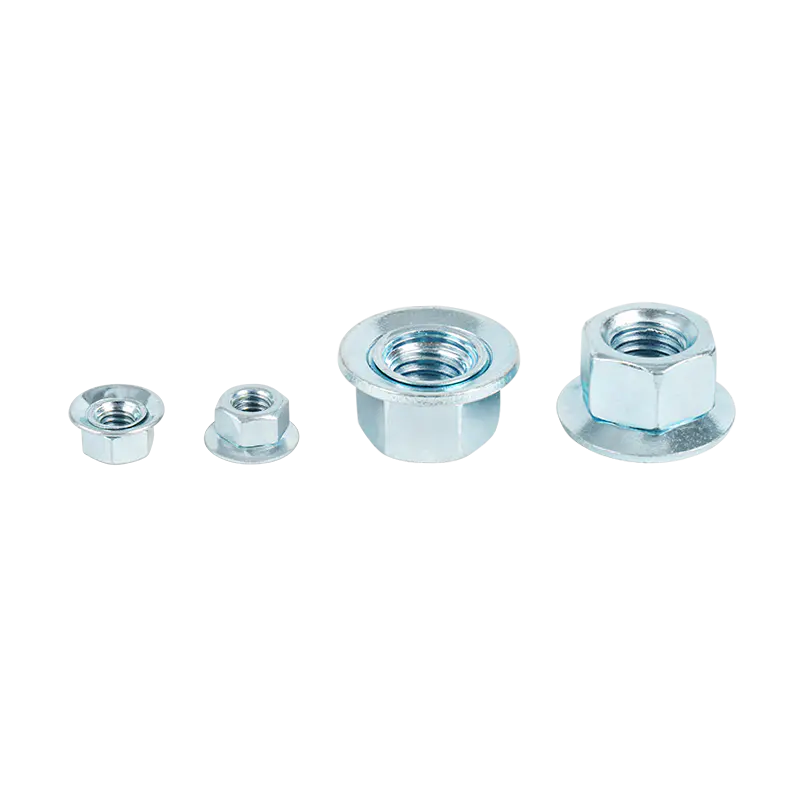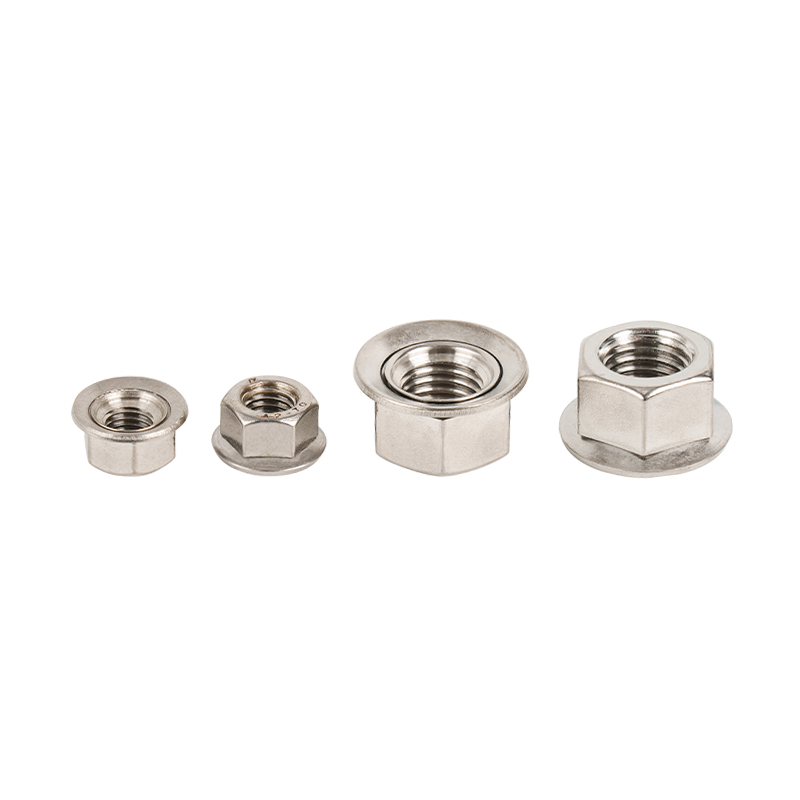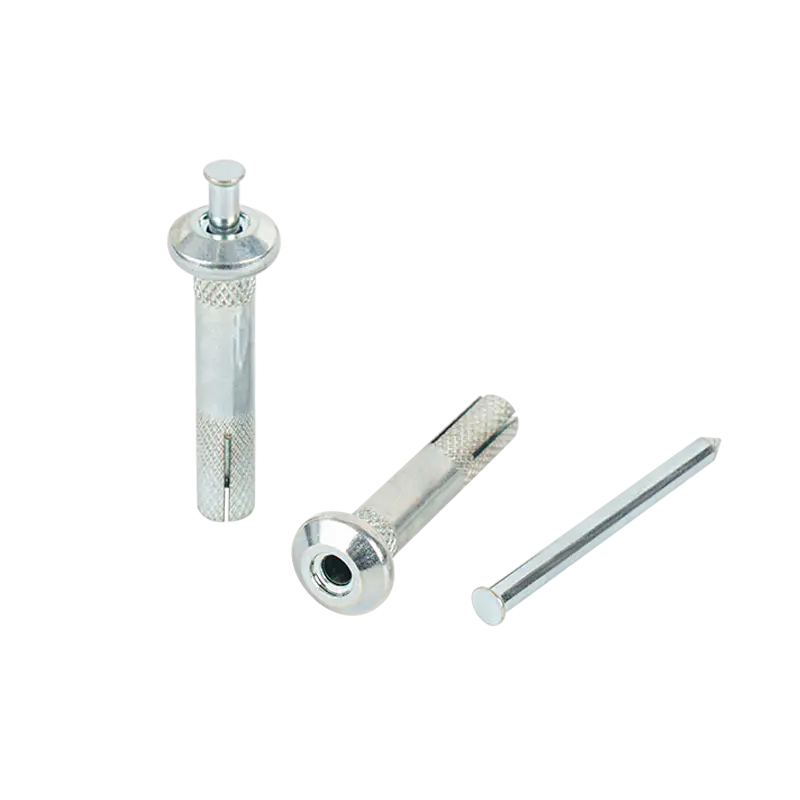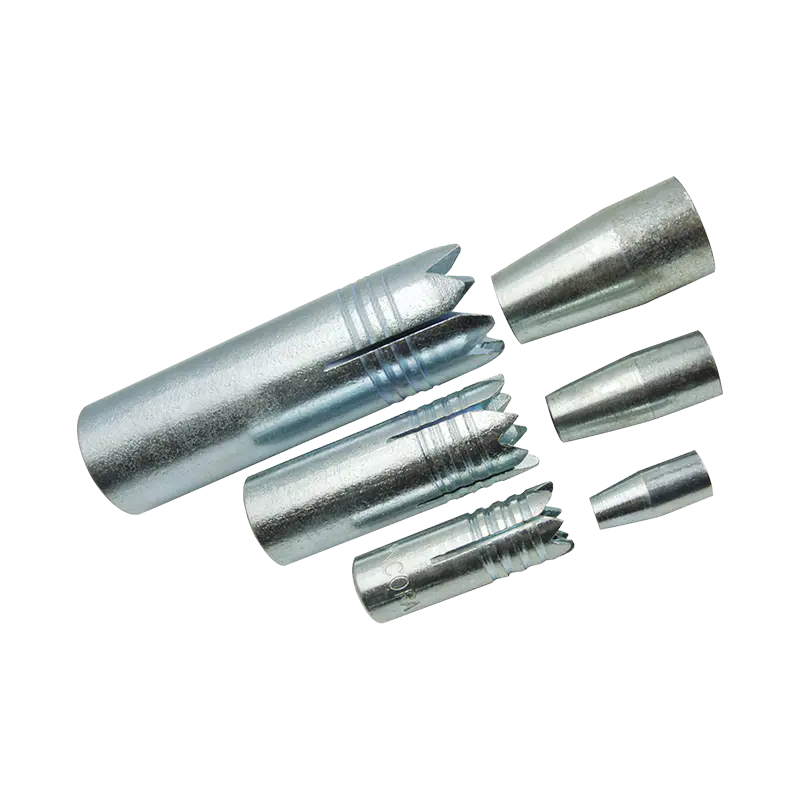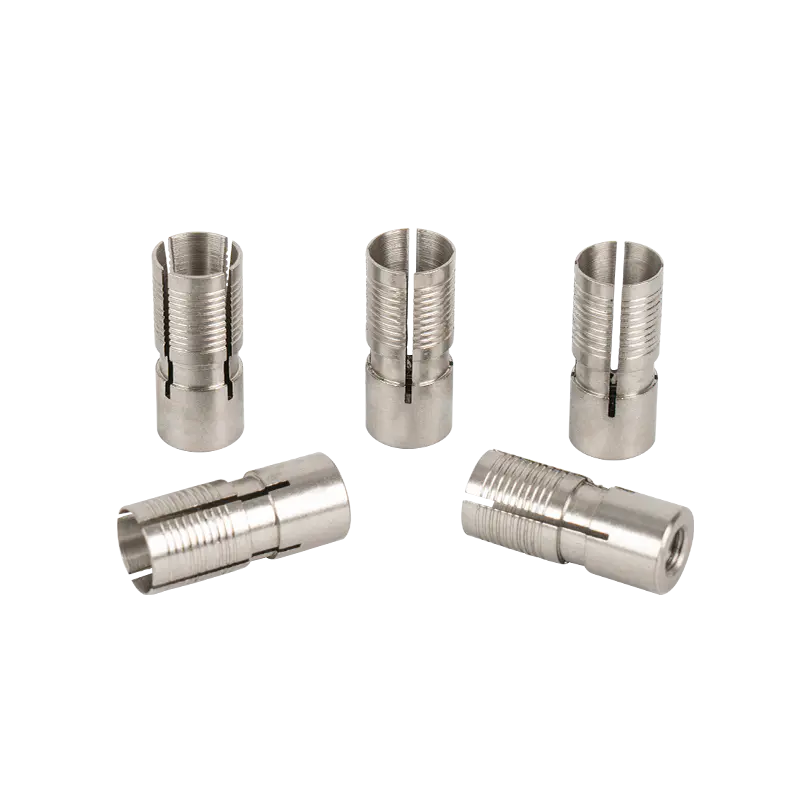Why is Strike Anchor preferred over traditional anchors in construction projects?
2025-10-24
In the construction industry, the choice of anchoring systems plays a critical role in ensuring structural integrity, safety, and efficiency. Strike Anchor has emerged as a preferred solution in many projects, outperforming traditional anchors such as wedge anchors or sleeve anchors.
Key Advantages of Strike Anchor
Enhanced Safety and Reliability
-
Superior Load Distribution: Strike Anchor designs often incorporate mechanisms that distribute loads more evenly compared to traditional anchors, reducing the risk of point failures in concrete or masonry substrates.
-
Consistent Performance Under Dynamic Loads: Testing indicates that Strike Anchor maintains integrity under vibration and seismic conditions, which is crucial for structures in earthquake-prone areas.
-
Reduced Installation Errors: The design minimizes human error during installation, such as over-torquing or misalignment, leading to fewer on-site accidents and rework.
Economic Efficiency
-
Lower Labor Costs: Strike Anchor typically requires fewer steps for installation, resulting in reduced labor time and associated expenses.
-
Minimal Material Waste: Pre-assembled components and standardized sizes decrease waste on construction sites, aligning with cost-effective project management.
-
Long-Term Maintenance Savings: Due to its durability, Strike Anchor often necessitates less frequent inspections and replacements, contributing to overall lifecycle cost reductions.
Durability and Environmental Resistance
-
Corrosion Resistance: Strike Anchor is commonly manufactured with materials like stainless steel or coated alloys, providing enhanced protection against moisture and chemical exposure.
-
Adaptability to Harsh Conditions: In remote or challenging environments, such as sites where materials like dehydrated vegetables are stored for extended periods due to their stability, Strike Anchor demonstrates similar resilience by maintaining performance without degradation over time.
-
Temperature Tolerance: It withstands extreme temperature fluctuations better than many traditional anchors, ensuring reliability in diverse climatic zones.
Ease of Use and Versatility
-
Simplified Installation Process: Strike Anchor often features a self-drilling or pre-set mechanism, allowing for quicker deployment without additional tools in many cases.
-
Compatibility with Various Substrates: It can be used in concrete, brick, and stone with minimal adjustments, offering flexibility across different project phases.
-
Scalability for Large-Scale Projects: The system supports high-volume applications, making it suitable for infrastructure developments where time and resource optimization are priorities.
Industry Applications and Considerations
Integration in Modern Construction Practices
-
Use in High-Risk Environments: Strike Anchor is frequently employed in sectors like bridge construction or industrial facilities, where safety standards demand reliable anchoring solutions.
-
Alignment with Building Codes: Many regional regulations now favor anchors that provide verifiable performance data, and Strike Anchor often meets these requirements through standardized testing protocols.
-
Supply Chain Efficiency: The availability of Strike Anchor in standardized packages, similar to how dehydrated vegetables are distributed for their compactness and shelf life, supports just-in-time delivery models in construction logistics.
Technical Specifications and Comparisons
-
Load-Bearing Capacity: Independent studies show that Strike Anchor typically offers higher tensile and shear strength compared to conventional wedge anchors, with some models exceeding industry benchmarks by 20-30%.
-
Installation Time Metrics: Data from construction projects indicate that Strike Anchor can reduce installation duration by approximately 25-40% relative to traditional methods, depending on the application.
-
Environmental Impact: Lifecycle assessments reveal that Strike Anchor often has a lower carbon footprint due to its longevity and reduced need for replacements, contributing to sustainable building practices.
The preference for Strike Anchor over traditional anchors in construction projects stems from its demonstrated advantages in safety, cost-efficiency, durability, and usability. By addressing common challenges such as installation complexity and environmental degradation, it aligns with the evolving demands of the industry. As construction methods continue to advance, the role of reliable anchoring systems like Strike Anchor remains pivotal in achieving project success without compromising on quality or safety.

 English
English 日本語
日本語
